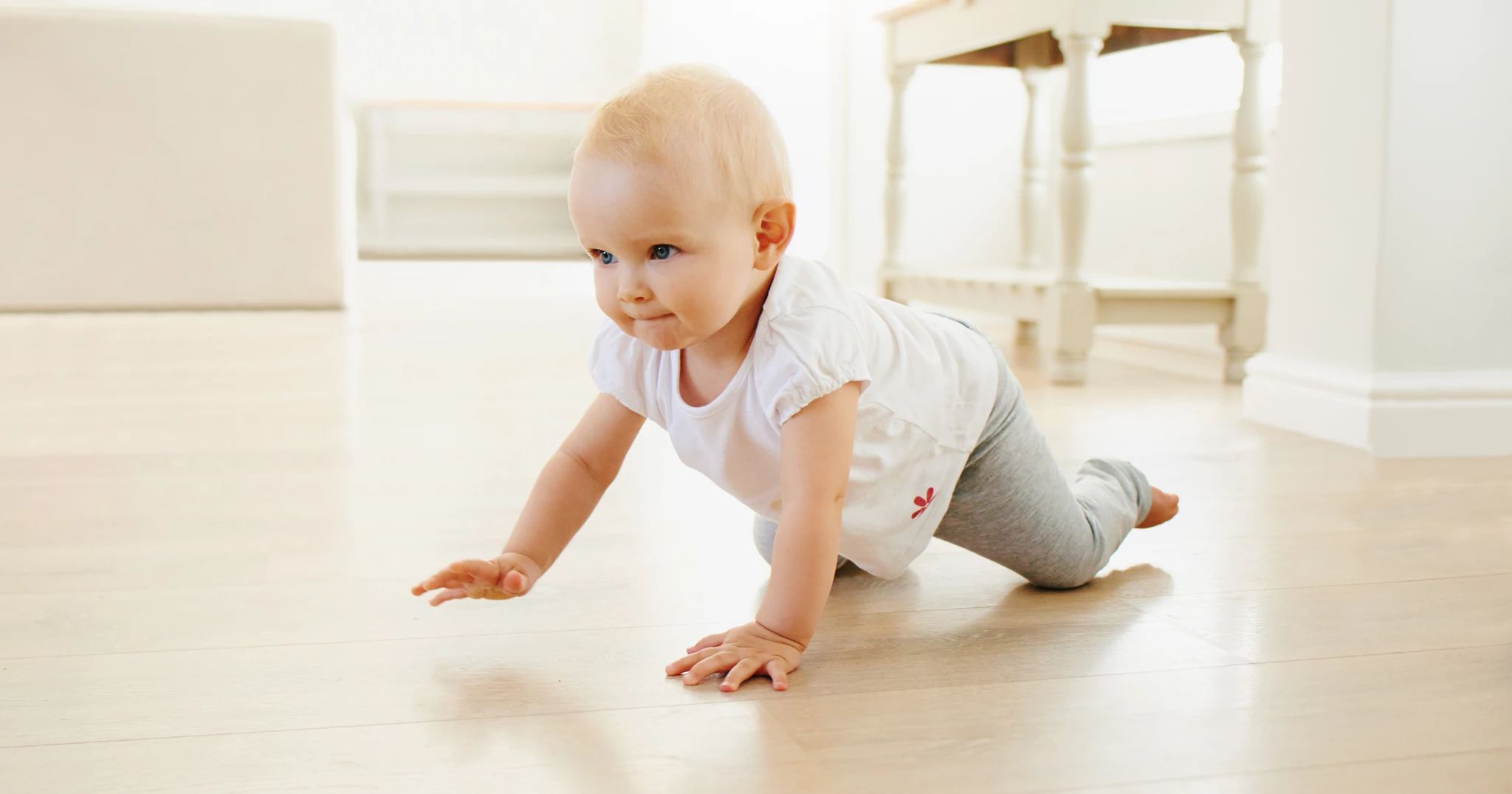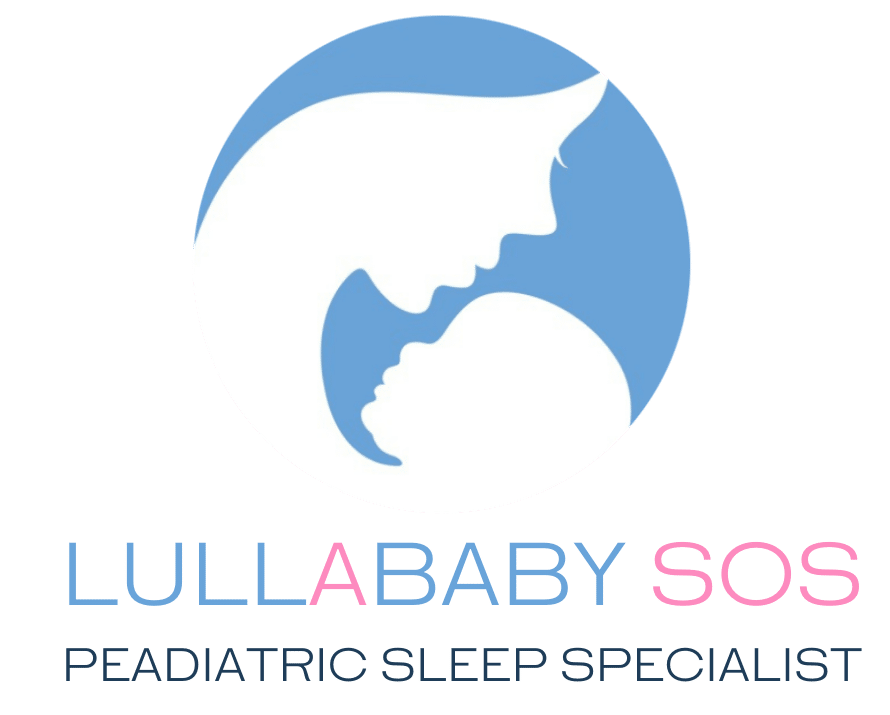Parenting through your baby’s developmental leaps can feel like a never-ending rollercoaster. Just as you get a handle on their sleep, feeding, and routine, another leap arrives, and everything changes again.
These periods of rapid brain and body development can be as exciting as they are challenging, particularly when they interfere with sleep.
But what if helping your baby sleep better during these leaps could actually support their overall development?
In this blog, we’ll explore how developmental leaps impact your baby’s sleep patterns and why teaching self-settling skills can be a game-changer for both sleep and development.
What Are Developmental Leaps?

Developmental leaps refer to the periods in your baby’s life when they are rapidly acquiring new skills. These leaps, often linked to neurological growth, bring about changes in their understanding of the world, such as gaining new motor, sensory, or cognitive skills.
While each leap is a sign that your baby is growing beautifully, they are also marked by fussiness, clinginess, and, you guessed it, disrupted sleep.
During these leaps, babies often spend more time in the REM (Rapid Eye Movement) stage of sleep. REM sleep is crucial for brain development because this is when much of their learning and memory consolidation happens.
However, it’s also a lighter sleep stage, meaning babies are more easily disturbed and more likely to wake up frequently.
The REM Sleep Connection

As babies enter these lighter REM stages more often during a leap, they spend more time in alert sleep phases. This means that even the smallest disturbance can wake them up, and when they wake, they seek out the same environment in which they initially fell asleep.
Here’s where things get tricky. If your baby relies on external associations like being rocked, fed, or held to sleep, they will need those same conditions to return to sleep when they wake during REM cycles. These wakeups can happen multiple times a night, leaving both baby and parent exhausted.
External Associations: A Distraction During Leaps

While it’s natural to want to soothe your baby during these wakeful periods, relying on external sleep associations can actually extend the length of developmental leaps. That’s because when your baby wakes looking for the same external factors they had when they first fell asleep, they are focusing more on seeking comfort than learning how to navigate their new developmental milestones.
For example, if a baby is learning how to roll over or sit up, they may want to practice these new skills, but the distraction of needing to be rocked or nursed back to sleep prevents them from learning to settle themselves.
In essence, these external sleep crutches distract from the important work their brain is doing during this critical time.
Why Self-Settling Skills Are Essential During Leaps

When a baby knows how to self-settle, they are able to drift back to sleep without needing external help, even during lighter REM phases.
This not only leads to longer stretches of sleep but also allows their brain the time it needs to process and consolidate all the new skills they’re learning during developmental leaps.
Self-settling gives babies a sense of security. They aren’t relying on external stimuli to feel safe and comfortable, so their minds are freer to focus on navigating their developmental changes.
By teaching your baby how to settle themselves to sleep, you’re giving them a tool that supports their emotional and cognitive development.
The Impact of Better Sleep on Development

It’s not just about more sleep for everyone—though that’s a wonderful side effect. Teaching your baby to sleep better directly supports their ability to thrive through developmental leaps. Here’s why:
- Consolidated sleep means deeper learning: When your baby sleeps for longer, uninterrupted stretches, their brain gets the chance to fully consolidate the new skills they’re learning.
- Fewer distractions: Without external sleep associations to distract them, babies can better focus on practicing and mastering new skills, which can shorten the length of a developmental leap.
- More confident, resilient babies: Babies who can self-settle tend to feel more secure. They learn to trust their environment and their own ability to soothe, making them more adaptable to developmental changes.
Supporting Your Baby’s Development Through Sleep

Teaching your baby self-settling skills isn’t just about getting more sleep (though that’s a huge benefit). It’s about supporting their overall development.
By removing external sleep associations and empowering them to settle themselves, you’re helping your baby better navigate the challenging—but exciting—periods of developmental leaps.
These phases will come and go, but your baby’s ability to sleep well through them will have lasting positive effects on their development. So, while the short-term goal might be a bit more rest for everyone, the long-term benefits are even greater: a well-rested, confident, and thriving baby.
By focusing on teaching your baby the skills to self-settle, you’re not only helping them sleep better, but you’re also laying the groundwork for their future development. It’s an investment that pays off for both parent and baby, creating a foundation for healthy sleep habits and cognitive growth

